Suwa Taisha Shrine: Jomon People's Sprits still Remains
The Onbashira Matsuri Festival is a unique and sacred ritual ceremony held once every seven years at Suwa Taisha Shrine with a long and rich history of at least 1200 years and more. The festival is centered around the transportation of massive sixteen-fir sacred wooden pillars with all branches removed (Onbashira). These 10-ton pillars are brought down from the mountain to four Suwa distinct shrines: Hon-Miya and Mae-Miya of Kami-sha, Aki-Miya, and Haru-Miya of Shimo-sha. Many people haul these pillars using ropes on the trail and ride them from the top to the bottom of a steep slope in a single bound. They are then carried across the river and four pillars are finally erected in the four corners of each shrine. This festival is highly dangerous and requires a lot of courage. In fact, over the years some people have been injured, but this festival continues. In Suwa, from the largest shrines to the smallest, Onbashira pillars are erected at the four corners of the shrine, just like at Suwa Taisha. These pillars are rebuilt every seven years. The total number of pillars is approximately 3,000, which serves as proof that the power of Suwa's deity is widely dispersed across the entire Suwa area.

Preserving the Spirit of Japan's Ancient Jomon Era Worship
Nestled near the serene Lake Suwa in Nagano Prefecture, Suwa Taisha Shrine stands as one of Japan's most ancient shrines, enshrining deities since the Jomon era, approximately 13,000 to 2,300 years ago (*1). It doesn't possess a main shrine, and Hon-Miya enshrines Mt. Moriya, the Mountain deity. Mae-Miya, the birthplace of Suwa worship, enshrines the most ancient deity, "Mishakuji," represented by a stone pole. During the Jomon era, people perceived "Kami," or deities, in all elements of nature, such as rocks, mountains, forests, and more, and offered their worship.
(*1) More recently, some have suggested that it was 16,000 to 2,900 years ago.
Kami-sha shrine
Hon-Miya shrine
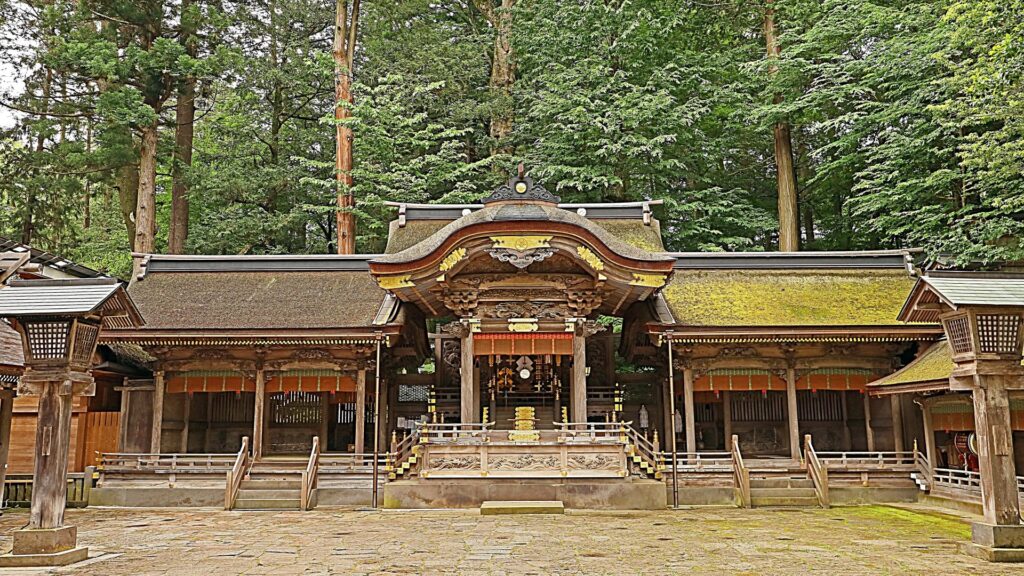
Mae-Miya shrine
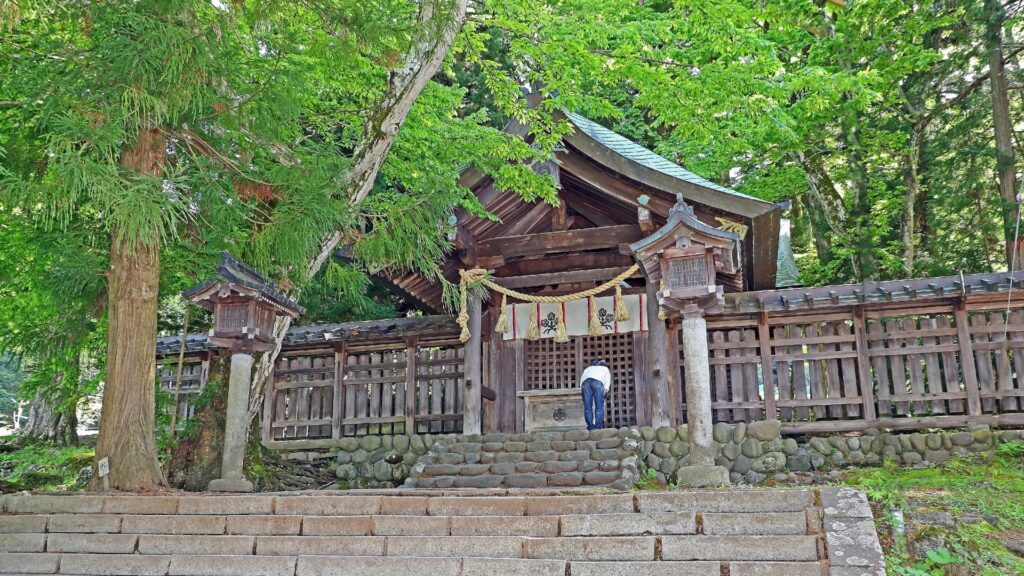
Shimo-sha Shrine
Haru-Miya shrine
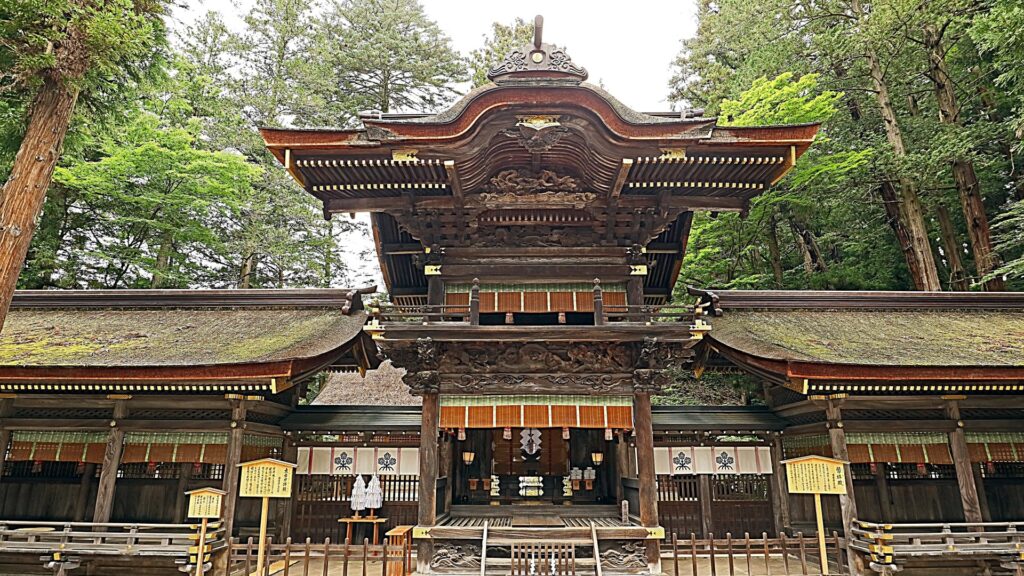
Aki-Miya Shrine
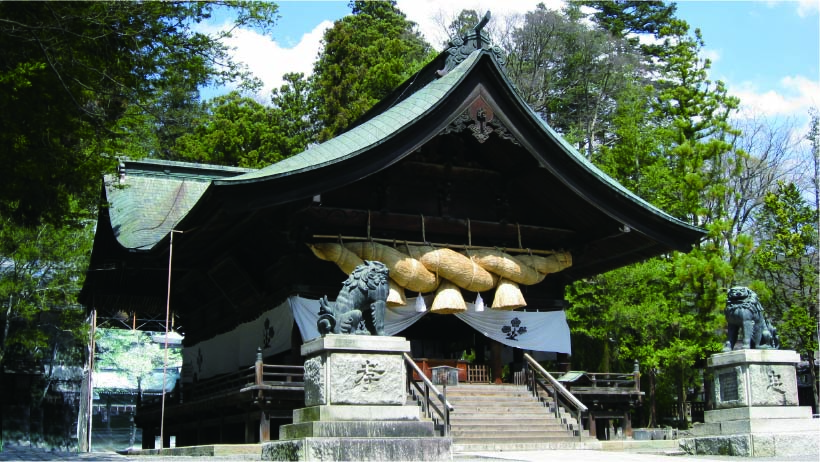
Suwa province was Rich Jomon Paradise in Japan

Suwa is a region in Japan with a unique history and traditions that have persisted uninterrupted since the Jomon period. The Suwa area thrived during the middle of the Jomon era, spanning roughly 13,000 years—a period of immense prosperity in Japan's history. Nearly 900 Jomon ruins have been uncovered in this region, revealing a rich cultural heritage. These sites yield various artifacts, including stone knives, elaborately adorned Jomon Doki pottery featuring distinctive straw-rope patterns, and Dogu earthen figurines. Notably, the presence of Obsidian from the northern mountains of Lake Suwa to the foot of Mt. Yatsugatake was highly prized for its ability to create exceptionally sharp cutting and piercing tools. Obsidian was widely transported from Aomori prefecture in the north to Nara prefecture in the west, serving as a crucial material for stone tools. Suwa, being the largest producer of this obsidian in Japan, thrived as a prominent center of trade during the Jomon period.
The Mysterious Dogu Figures: Guardians of Suwa Facing Geological Disasters
It’s worth noting that most Dogus in Japan were intentionally destroyed and buried, though the exact reasons for this practice remain a mystery. However, you can find two fully intact Dogu figures on display at the Togariishi Museum of Jomon Archaeology. Among the five National Treasure Dogu figures, two notable ones excavated in the Suwa area are referred to as the “Venus of Jomon” and the “Masked Goddess”, designated National Treasures. These Dogu figures exude a grounded presence, as if legs firmly connect with the earth, suggesting putting down the great land.
-549x1024.png)
-801x1024.png)
@Chino City Togariishi Museum of Jomon Archaeology
Interestingly, Lake Suwa has its origins as a tectonic lake, situated precisely at the crossing site of two of Japan’s major geological fault lines: the Median Tectonic Line and the western boundary of Fossa Magna, which extends from Shizuoka to Niigata prefectures. These fault lines have historically been associated with significant crustal movements, including earthquakes and land subsidence. Approximately 5,000 years ago, the Sone site, which boasted the largest number of villages in Japan during the middle Jomon period, sank into Lake Suwa due to ground subsidence. Additionally, around 6,000 years ago at the Akujiri site, a significant ground fissure up to 1.5 meters in width was discovered. Furthermore, at the Kojinyama site, the remains of a dwelling that dates back more than 4,000 years were unearthed, revealing evidence of fault activity, including a maximum vertical shift of 60 centimeters. It’s possible that the Jomon people prayed for these geological disturbances to subside in the hope of appeasing the wrath of the deities.
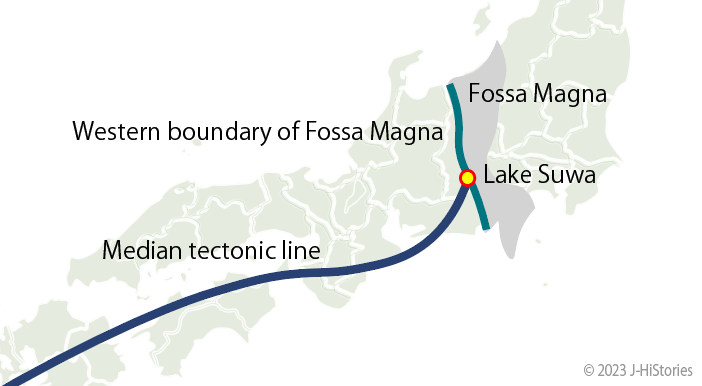
Jomon DNA lives in the Modern Japanese
The Jomon people, who felt that the natural world’s threat represented the wrath of the deities, attempted to appease this anger by offering what was most precious to them. They also enjoyed an abundance of blessings of water, plants, animals, and the essence of life. The Suwa Taisha festival is a worship ritual dedicated to the deities and spirits inhabiting the earth, mountains, rivers, and lakes.
According to the "Yaponesian Genome" project, which aimed to explore the origins of the "Japanese" through genome sequencing completed in March 2023, the Jomon people diverged early in East Eurasia, dating back to 38,000 to 26,000 years ago. The genetic makeup of modern Japanese individuals is notably distinctive, and it traces its roots back to the Jomon people." In Suwa, this deep reverence and fear of nature during the Jomon period, along with the rituals that gave shape to these emotions, have preserved traditions and history unbroken to the present day.
The Link of Ancient Prosperity in Suwa and Izumo
By the Kojiki (Records of Ancient Matters), it is documented that the enshrined deity at Suwa Taisha, Takeminakata, is recognized as the son of the Okuninushi deity of Izumo. Following the transfer of rulership of Japan to Amaterasu Omikami (the mythical ancestress of the Imperial Family), Takeminakata relocated to Suwa. One tradition says that Takeminakata stays within the Suwa Taisha Shrine during the Kamiarisai Festival, which takes place at the Izumo Taisha Shrine in October of the lunar calendar, where deities from across Japan gather in Izumo. Suwa, much like Izumo, thrived in ancient times due to the trade of obsidian and the rich natures of the Yatsugatake mountains and Lake Suwa. The deep-rooted enthusiasm of the Suwa locals for the "Onbashira Festival" may be traced back to the DNA of the Jomon people.
.
Recommentations to visit
- Access: 15 minutes from Tokyo Station to Shinjuku Station on the Chuo Line. Take Azusa Express on Chuo Main Line bound for Matsumoto. Get off at Kamisuwa Station, then take the Karin-chan Bus at the West Exit #3. Then get off at the Kamisha.
- Access: 15 minutes from Tokyo Station to Shinjuku Station on the Chuo Line. Take Azusa Express on Chuo Main Line bound for Matsumoto. Get off at Chino Station, then take the Mercure Road Bus at the West Exit #5 bus stop. Then get off at the Museum bus stop.


